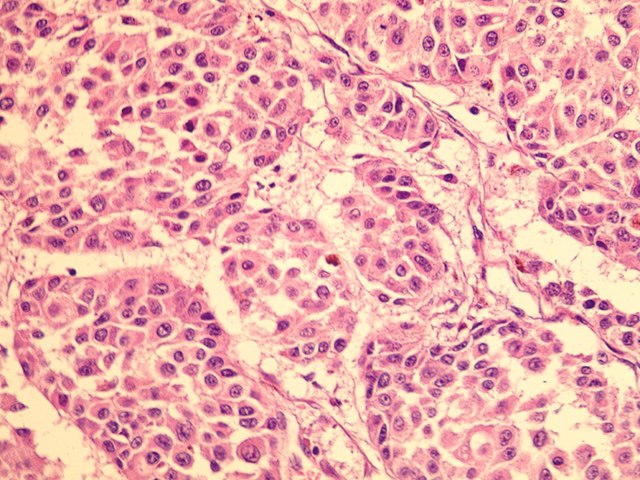On Friday, the United States Food and Drug Administration granted approval for Amtagvi, a novel and pioneering therapy.
This treatment holds promise for patients afflicted with metastatic melanoma, an uncommon yet perilous type of skin cancer.
Amtagvi, a therapeutic agent developed by Iovance Biotherapeutics based in California, is designed to address adult patients diagnosed with metastatic melanoma who have previously undergone unsuccessful treatment with other medications, such as immunotherapy featuring a PD-1 blocking antibody.
The FDA’s authorization paves the way for individuals with metastatic melanoma, where the cancer has spread, or with unresectable melanoma, meaning it cannot be surgically removed.
Amtagvi Boosts Immune Cells in Skin Cancer Tumors

Amtagvi functions by enhancing the body’s immune cells within tumors associated with skin cancer among patients grappling with either unresectable or metastatic melanoma.
Dr. Peter Marks, the director of the FDA’s Center for Biologics Evaluation and Research, cautioned that these conditions can lead to fatal outcomes.
This treatment received approval under the FDA’s accelerated approval pathway, which expedites drug approval for life-threatening conditions following clinical trials.
In trials, Amtagvi demonstrated a response rate of 31.5% among 73 patients, with three patients achieving a complete response and 20 others experiencing a partial response.
Approximately half of these patients exhibited no signs of tumor progression six, nine, and 12 months following treatment initiation.
Melanoma often stems from skin exposure to ultraviolet light, which includes sunlight or indoor tanning beds.
FDA Issues Warning on Treatment’s Side Effects
The FDA has stipulated that the treatment will be accompanied by a boxed warning aimed at informing patients about potential severe adverse effects, including a significant reduction in blood count, severe infections, and cardiovascular complications.
Furthermore, other risks associated with the treatment pertain to the surgical procedures involved and the requirement for seven days of intensive chemotherapy prior to receiving the treatment.
The manufacturer indicates that additional side effects may include symptoms such as chills, fever, fatigue, rapid heart rate, diarrhea, rash, and hair loss.
Typically, most of these side effects resolve within the initial weeks following treatment. Despite these risks, healthcare professionals assert that the potential benefits for patients could be substantial.
